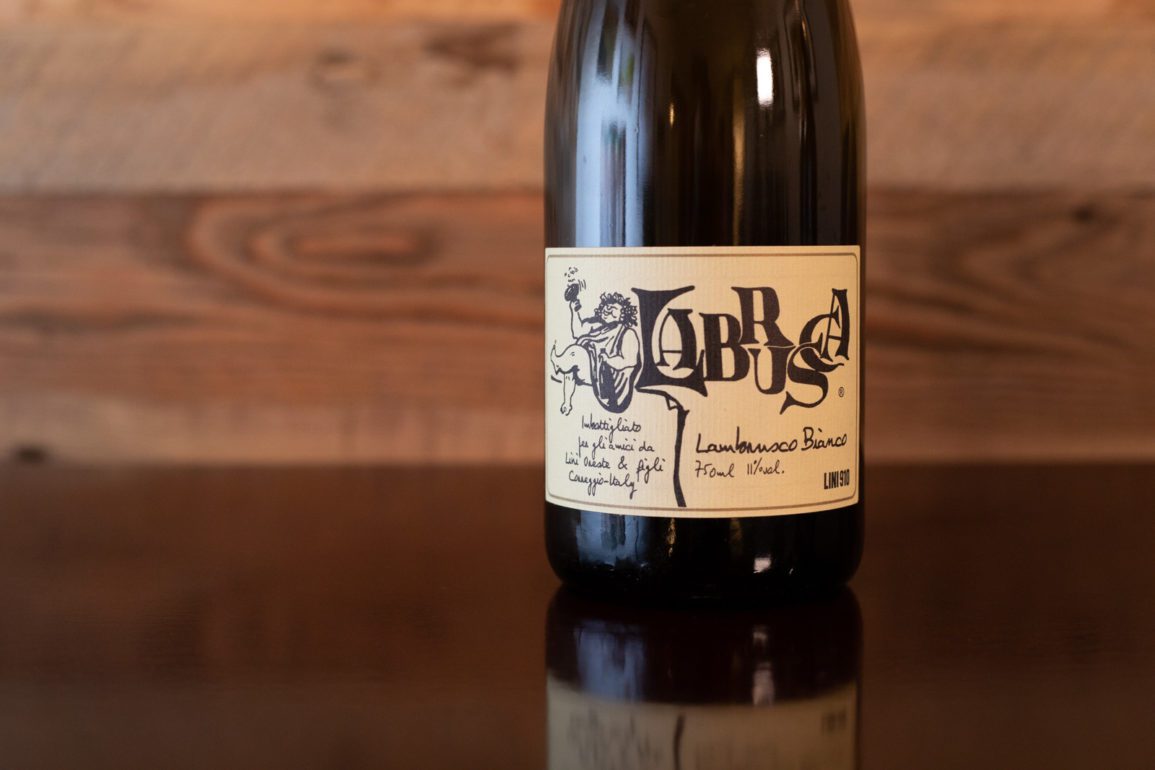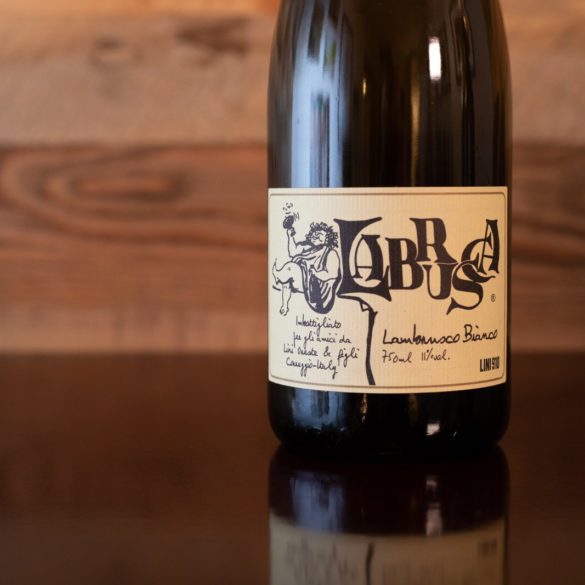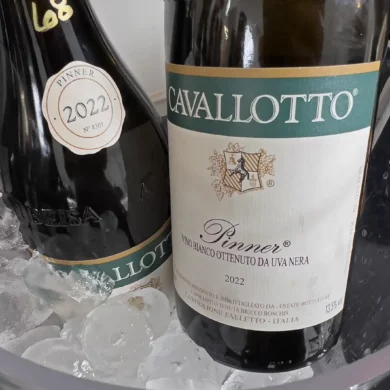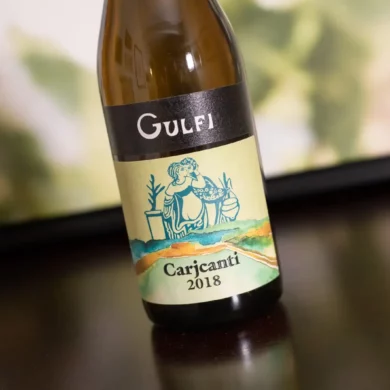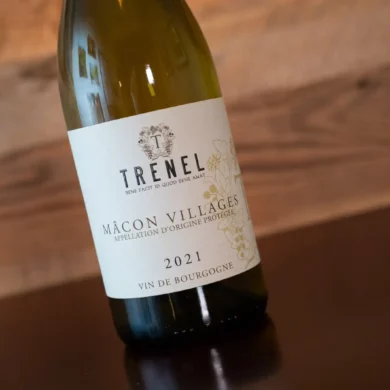For quite a long time, the generalization about the culinary realm of Italy’s Emilia-Romagna was this: complex foods, simple wines. This is the land of Aceto Balsamico di Modena, Prosciutto di Parma, pasta bolognese, and the single greatest food product on the planet (a claim I will defend to my grave): Parmigiano-Reggiano. Let’s also not forget the stacked glory that is a brick of lasagna. When the food is this intricate, rich, and — let’s be honest — filling, you are better off with a simple palate cleanser. For the Emiliani, that wine has been Lambrusco.
Simple is one thing, but dull is something else. Like Chianti Classico trying to shake off its woven-basket, fiasco-bottle reputation, Lambrusco has been clawing away at a negative stereotype for some time. In Chianti Classico, most everyone is aspiring for the fine wine sector now. While results can range from stratospherically awesome to meh, at least the tide is moving in the same direction. It doesn’t appear to be the same story in Lambrusco land. Many large producers are perfectly content to crank out forgettable cherry-cola like juice at high volume, while an important cadre of producers — proud of their area’s culinary and cultural heritage — have been quietly injecting new life into Lambrusco.
One of those producers is Correggio’s Lini 910, which was established in 1910.
The galaxy of Lambrusco wines centers on three distinct varieties: Lambrusco di Sorbara, Lambrusco Salamino and Lambrusco Grasparossa, which can be seen as a spectrum of lightest, most amiable to darkest, most serious. With this wine, Lini 910 goes for the middle grape, Salamino, and vinifies the wine as a bianco. While the estate has become best known for employing the traditional method (re-fermentation in bottle) on their Lambrusco, here, it is the more common practice of tank fermentation. As with Prosecco, this process shifts the focus toward fruity splendor over savory, nutty tones, yet I found plenty of the latter here as well. In fact, I was surprised to learn that this crunchy, autolytic wine wasn’t made in the Champagne style. The bubbles are light and easy, yet never frothy, and when given a good chill you could find yourself guzzling it straight away. Pair with a few crumbles of that greatest food product on the planet, and you’ll undoubtedly be rethinking your notions of what Lambrusco can be.
2020 Lini 910 “Labrusca” Lambrusco Bianco
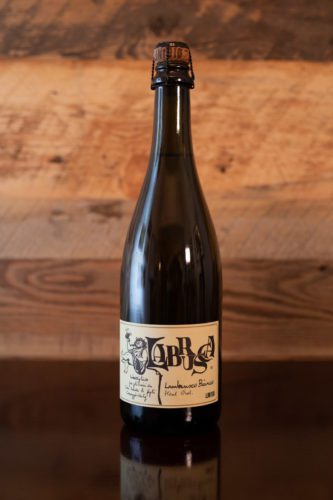 Reggiano DOC (Emilia-Romagna)
Reggiano DOC (Emilia-Romagna)
Grapes: Lambrusco Salamino (100%)
Alcohol: 11%
Opinion: ★★★★ 1/2 (out of five)
Food friendliness: Versatile
Value: Exceptional
A beginner might like … a mellower vibe on sparkling wine without sacrificing the flavors. In fact, this is one of the very few Charmat-method sparkling wines I’ve encountered that has what we call autolytic flavors: tones like baking bread dough that can be attributed to the break down of spent yeast cells. Simply put, these flavors keep things interesting in sparkling wine, and perfectly counter the aggression of bubbles. Here’s the thing: you hardly ever encounter them in a wine that’s $16 like this one. Buy a few bottles for summer: your dollar will go further.
A wine obsessive might like … exploring the Lambrusco Salamino grape as a white wine, where its inherent creaminess can be put on full display. Pressed and immediately removed from the skins, this wine’s flavor profile is distinctly different than the fruity pop you might be used to with other Lambrusco wines. Think: semi-sour apple, almond and white flowers.
Note: This wine was provided as a sample by the producer. Learn more about our editorial policies.
